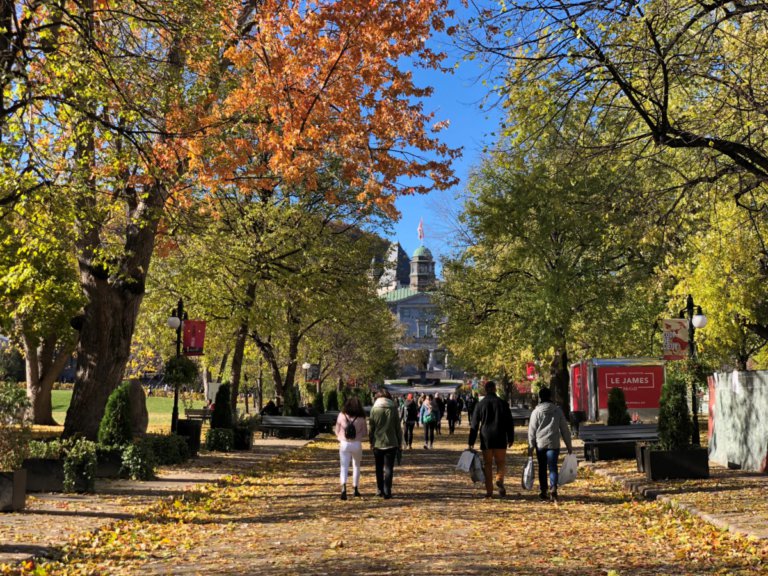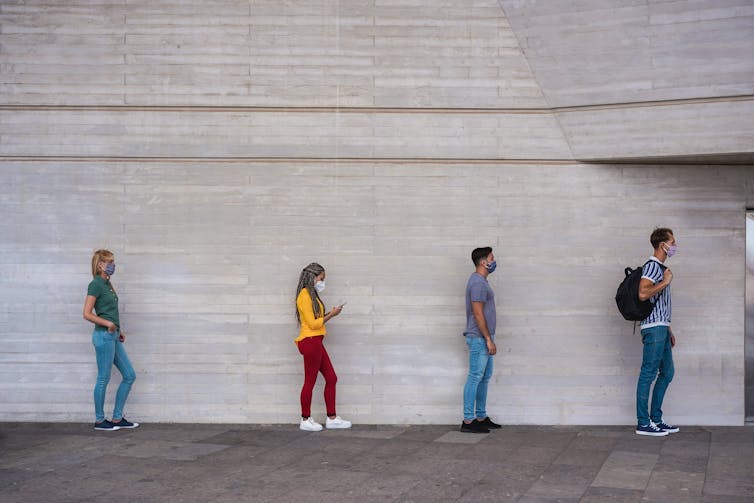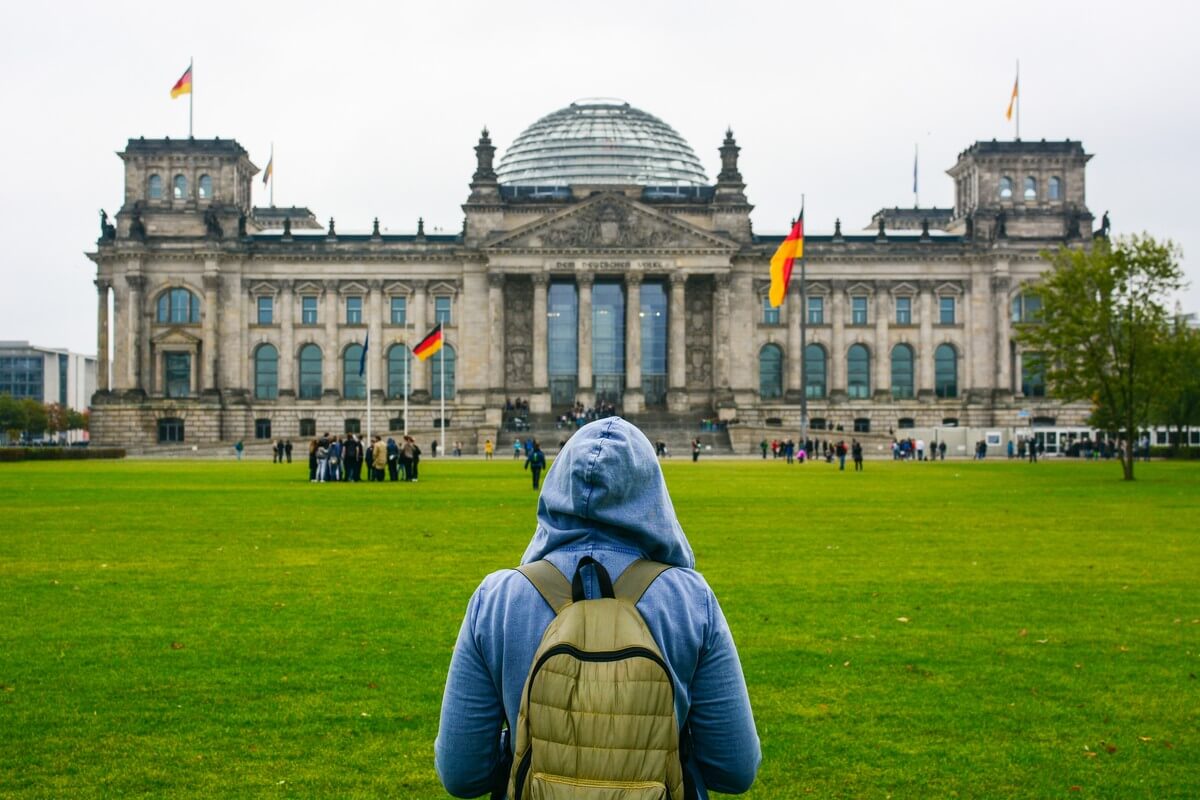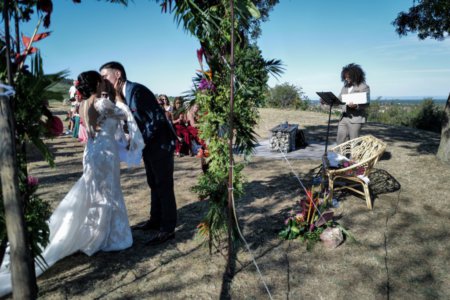
As the new academic year starts, universities and colleges are preparing orientation programmes to welcome international students.
Orientation to local culture and society offered by post-secondary education institutions is common, especially during the first couple of weeks of the new semester. In weeks and months to come, the international students will continue to adapt to their new environment and communities.
The ongoing COVID-19 pandemic brings another layer of complexity and uncertainty to international students’ university lives.
For many students, it means limited interactions due to public health restrictions. International students may have to self-isolate and reduce social contacts with their peers on a daily basis.
My research with colleagues has examined how a two-way approach that encourages social interactions between international students and local peers is more effective than developing short-term programmes to orient international students to the academic environment, campus culture and society.
To better support international students beyond orientation week, universities can focus on developing year-round academic and extracurricular opportunities that encourage cultural exchanges between international students, their peers and the wider society.

The pandemic brings another layer of complexity and uncertainty to the university experiences of international students. Source: Shutterstock
Connecting students beyond orientation programmes
Research has identified that creating physical or virtual social spaces to connect international students with their local peers and communities allows students to engage and learn.
Virtual spaces hosted on different platforms can host student-initiated committees and associations. Such associations help students to build social connections between international students and their local peers.
In these spaces, students build mutual understanding, acceptance and a sense of belonging. When university educators are also involved in these social spaces, this may inspire their creativity to innovate and adapt their current curriculum.
University educators also need to be aware of the potential for developing student academic competencies through these joint social spaces. Beyond visits to local cultural sites or extracurricular community collaborative projects, students’ participation in social spaces could mean learning through team projects for course credits.
Academic-integrated approach
For example, when international and domestic students from a variety of disciplines get together to experience culture and learning collectively, this can lead to emotional engagement and developing competency in intercultural communication.
I encourage university educators to create “social spaces” in their curriculum, and assign those social learning and interactions as part of obtaining academic credits. Students might be assigned work that involves reflecting on academic learning outcomes and “soft” interpersonal skills.

Students’ competency in intercultural communication can grow through participating in collective learning. Source: Pexels/Zen Chung
Developing sustained spaces for social or academic collaboration moves beyond the current approaches of short-term cultural orientation, usually prepared by university administrators, international offices or student services. Instead, a year-round integrated approach involves inviting programme designers, teaching faculty and student support associations to be involved.
University educators could also explore the possibility of offering different cultural and linguistic programmes, driven by international students but available to all students and learners in the community.
Year-round orientation programmes: Encourage open campus culture
Educational institutions should consider creating social spaces that deliberately bring together international and domestic students as an essential part of an open campus culture. This means a campus that encourages international students, and indeed all students, from a variety of cultural backgrounds to participate. And, it means promoting an inclusive attitude towards cultural diversity.
During early-year orientation or other year-round activities, separating international students from domestic students may widen the cultural gaps on university campuses.
Our research highlights the imperative role of cultivating an inclusive and diverse campus culture that values cultural differences and similarities, respects individual cultural contributions and supports social interactions among peers.
This way, international students are truly supported to adjust socially, culturally and academically for greater long-term success.
Engage campus and local communities
Higher-education institutions can also connect international students with local communities.
University campuses should take an engaged education approach that considers the role of local communities beyond the campus proper to support experiential learning.
Universities could establish processes that bring international students, local families, organisations and communities together to encourage community engagement activities and projects. Specific experiential learning projects, student practicums or innovation competitions are just a few ways this can be accomplished.
This way, international students could really learn to appreciate the value of their learning and work, and how it contributes to social development of local communities in a positive manner.
Juana Du, Associate professor, School of Communication and Culture, Royal Roads University
This article is republished from The Conversation under a Creative Commons license. Read the original article.










